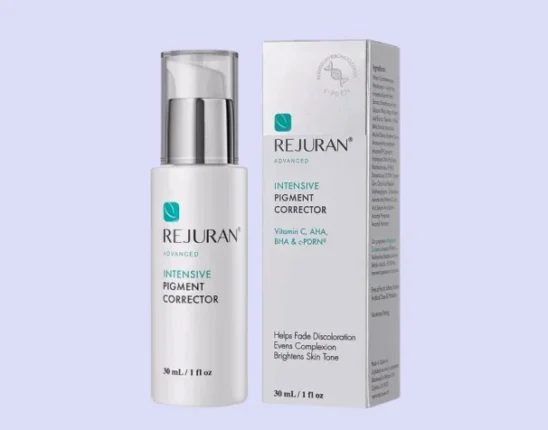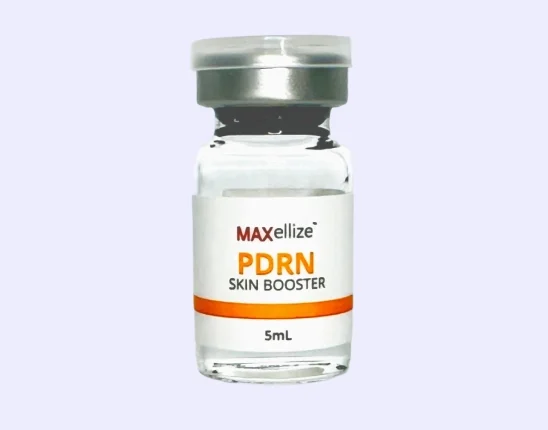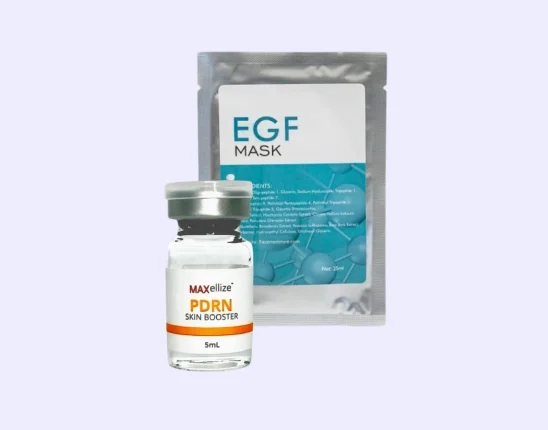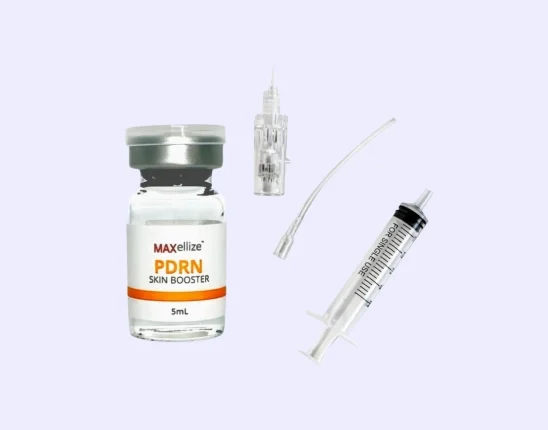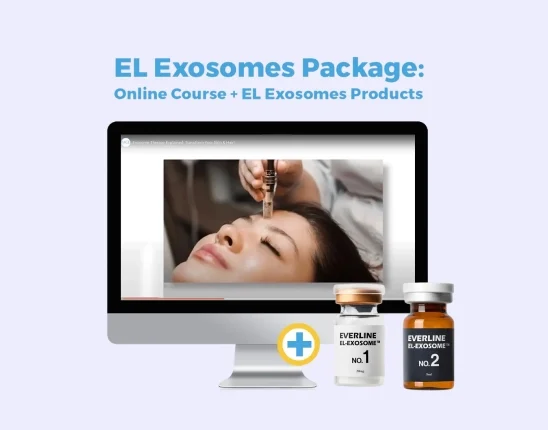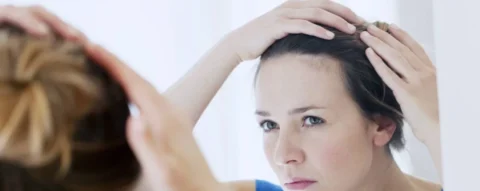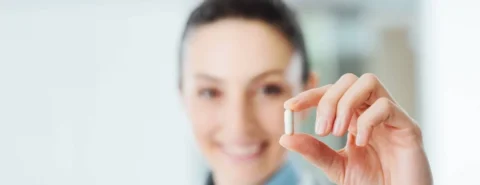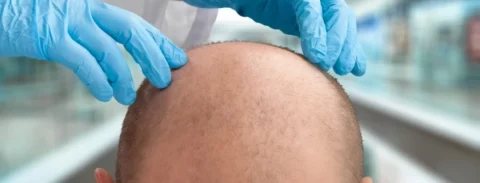Platelet-rich plasma treatments are at the forefront of regenerative medicine, but their use in aesthetic procedures and treatments hasn’t been fully explored yet. However, many aesthetic procedures are increasingly using platelet-derived growth factors in their therapies, especially for treatments that require regeneration or rejuvenation of cells. One of these procedures is hair regrowth therapy.
But what exactly is the relationship between platelet-derived growth factors and hair regrowth? Initial studies show that while platelet-rich plasma treatment can help with the regrowth of hair, it’s unclear on how exactly the process brings back hair – and more importantly, what type of platelet-rich plasma treatment gives the best results. However, most of the treatments already administered to patients show some promising results, which has led to more providers using platelet-derived growth factor treatments (or PRP therapies) with their usual services.
How Do Platelet-Derived Therapies Work?
Platelet-derived therapies and platelet-rich plasma treatments share the same process for getting their base ingredient. By using your body’s own platelets as a catalyst, these treatments kick-start your body’s wound healing, cell regrowth, and cell regeneration responses, which can help repair damage and revitalize your skin and body.
Platelets by themselves already have a crucial role in the body – they’re the cells responsible for creating blood clots and preventing blood loss if you get an injury. This response is normally only reserved for injuries, so most of the time your platelets just flow freely in your bloodstream.
However, by concentrating your platelets into a plasma, you can inject or apply this concentrated platelet solution to any part of your body that needs it, which can trigger repair and regrowth of your cells without the usual requirement for an injury. With high and regular doses of platelet-rich plasma, patients can experience robust cell growth that can repair tissues, seal blood vessels, and otherwise be an addition to therapeutic strategy.
How Do Platelet-Derived Growth Factors Interact With Hair Growth
Hair (from the strand down to the hair follicle) is made up of cells. While there may be many factors that can contribute to hair loss, the primary reason why platelet-derived growth factors are used with these treatments is that the high concentration of platelets can help restore normal function in the scalp. With numerous growth factors, it may be possible to see significant hair growth without the need for hair transplantation or hair restoration surgery.
The additional concentration of growth factors also means that any rejuvenated hair is far more likely to be healthier, more resilient, and better in appearance. Tissue repair will also apply to hair length growth, though it’s far more likely to improve scalp health than actually have a significant impact on the appearance of your hair itself.
These beneficial effects can affect all male and female patients equally, which has traditionally been the problem of most conventional methods of hair regrowth like topical minoxidil. Because platelet-derived growth factors in PRP treatments are extracted from the patients themselves, there’s little risk of the treatment being rejected by the body.
Why Isn’t PRP Treatment Conclusive For Hair Regrowth?

Platelet-derived growth factor products have seen consistent and effective results in the field of medical treatments and sports medicine, but their effects on purely aesthetic concerns like hair regrowth haven’t been studied as long or as thoroughly in comparison. The average size of most studies that use PRP treatments for hair growth is fairly small, and future studies need even a larger sample size to ensure that adequate treatment safety can be guaranteed for patients.
There are also a few caveats with using platelet-rich plasma treatments for hair regrowth, like:
1) Difference In PRP Preparation
While the base process for extracting platelet-derived factors is more or less the same, there are some differences with how the final PRP serum is processed depending on the provider. By adjusting factors like the speed of the centrifuge, the way how the platelets are isolated from the rest of the cells, and even the inclusion of other compounds like fibrin matrices and white blood cells, PRP preparation can have a lot of different final products.
This means that a large-scale study on the effects of PRP on hair regrowth will need to account for these different methods of preparation, which is something that future studies need to do. The current studies we have on PRP preparation are far too limited with their considerations on the type of PRP used, which can drastically alter the expectations for future PRP treatments.
Given that there are still plenty of different avenues to explore and to study for PRP preparation, most providers can’t offer a concrete and sure result for most of their patients. This doesn’t mean that you will never see any improvements with PRP treatments for hair regrowth – but the exact efficacy of your results can’t be guaranteed.
2) Unknown Timeline Of Results
This uncertainty isn’t just about the results that you’ll get – it’ll also affect things like the timeline for all of your future treatments. Unless you’re using platelet-derived growth factors for cases of mild hair loss, the results that you’re looking for won’t manifest in the expected time frame, even if there is a time frame that your provider gives you.
This can be an issue because you’ll most likely need more than one PRP treatment to see the results that you’re looking for when it comes to hair regrowth. Your provider will need some idea of the timeline needed so your next injection can work to its fullest efficacy – while there are no adverse effects noticed so far with exceeding PRP injections, most providers won’t risk that.
Not being able to guarantee a timeline also means that patients won’t be able to set their own expectations about what PRP treatments can and can’t accomplish with hair regrowth. It could be entirely possible that other methods like topical hair growth medication can offer a better solution with a more reliable timeline for results.
3) Other Pre-Existing Factors
While PRP treatments are biocompatible with most patients, some pre-existing factors can affect the results that you’d get or even disqualify you from getting the treatment entirely. Fortunately for most patients, they can do something about these factors like stopping alcohol and nicotine intake. Others can also work with their providers post-procedure, to make sure that the effects of their PRP therapy work as intended.
However, for some patients – usually, those who are immunocompromised in some way – platelet-derived growth factor treatments may not be an option. One reason is that the body’s immune response is tied closely to your overall platelet count, and patients with low platelets risk adverse effects or sickness if they insist on going through PRP treatments.
Future studies still need to take these factors into consideration when making a final ruling on how effective PRP treatments can be, which can make the entire process more uncertain for providers and patients alike. In these cases, it’s better to err on the side of caution and set expectations accordingly.
Overall, there’s just a lot that isn’t known about the full effects of platelet-derived growth factors and platelet-rich plasma treatments on hair regrowth specifically. Even if initial results are promising, it’ll take a lot more time and more future studies to confirm their beneficial effects on hair regrowth.
Why Consider Platelet-Derived Therapies For Hair Regrowth
So why are providers still pushing for PRP treatments given all of these considerations? While it’s best to err on the side of caution, the earliest results that we have from PRP treatments for hair have all shown promising results. Some significant advantages come from using PRP treatments for hair regrowth, like:
1) Bio-Compatibility
One of the issues with most treatments for hair loss is that there’s always a chance that they may cause adverse effects for the users. This is usually because the chemicals used for hair regrowth can cause hormonal imbalances in the body or other adverse effects that far outweigh their benefits.
However, PRP therapies do not usually run into this issue, since they’re extracted from the patient’s own body. This bio-compatibility gives any PRP treatment a high chance of working, and significantly reduces the risk that the patient’s body will reject the treatment.
2) Less Adverse Effects
This biocompatibility also means that any adverse effects from PRP treatments are minimal to non-existent. The effects of these treatments are fairly safe as well, and the vast majority of patients do not experience anything too out of the ordinary aside from the usual side effects of the injection process.
This also extends to the necessary post-procedure aftercare: unlike hair transplantation surgery, there are no incisions required with the PRP treatment. This means that patients can simply come in and out of their provider’s premises for the extraction and injection of the PRP product, without the need for rest or downtime.
3) Works With Other Treatments
Finally, platelet-derived growth factors do not interfere with other conventional treatments for hair loss, which means it’s entirely possible to use it as a supporting therapy for a primary method for hair rejuvenation. Aside from giving the patient more options, it can also boost the efficacy of the primary method of hair regrowth.
However, it’s important to note that picking the right products (and with the supervision of a skilled provider) is necessary to get these ideal results. Otherwise, the patient may risk adverse effects if they are left unsupervised – especially if stronger methods are used, like topical minoxidil.
Get High-Quality Medical Tools And Supplies From FACE Med Store Today
While studies have shown that platelet-rich plasma treatments have beneficial effects on the body and skin as far as regrowing cells are concerned, more precise study needs to be done on therapies using platelet-derived growth factors specifically for hair regrowth. However, initial treatments using this method have shown plenty of promise for hair regrowth and rejuvenation, especially with the right products and an experienced provider.
FACE Med Store has a long history of supplying cosmetic and medical practices with high-grade tools and supplies. From urgent medical care to skin rejuvenation treatments, we have everything you may need for an effective treatment. Having recently expanded the scope of our services, we’re happy to help anyone who may require medical-grade tools and supplies for a variety of treatments at affordable prices.
For more information about us and our stocks, visit our website today.
